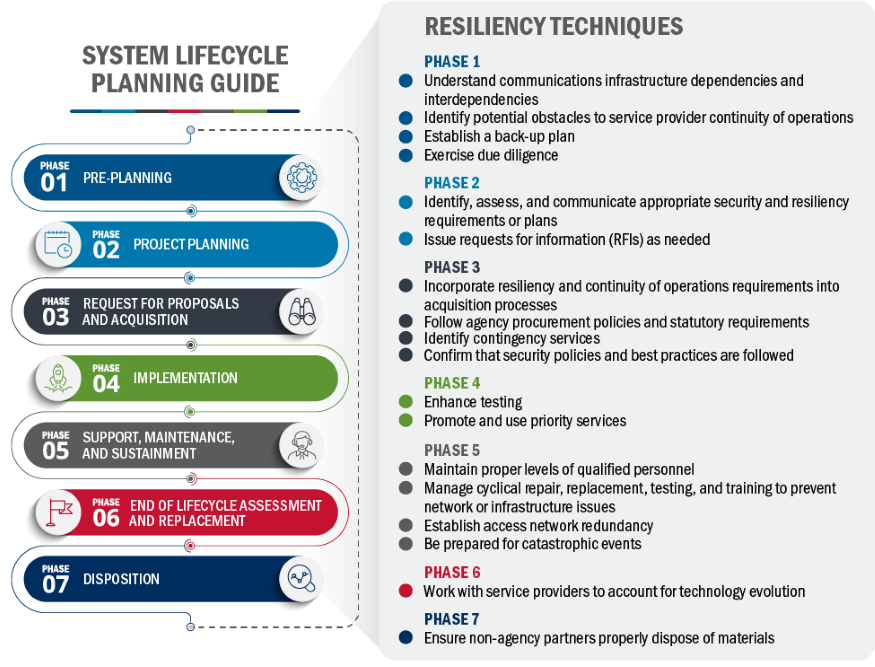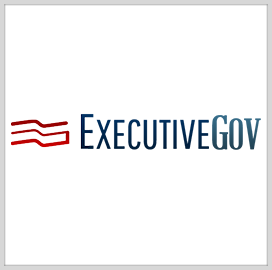NASA is planning to conduct follow-up missions for its airborne observatory after it discovered water molecules in a sunlit region on the lunar surface.
NASA said Monday its Stratospheric Observatory for Infrared Astronomy (SOFIA) detected the presence of water in the moon’s Clavius Crater, which is located in the southern hemisphere and is visible from Earth.
The agency noted that it plans to launch subsequent flights for SOFIA in efforts to detect water in other sunlit locations on the moon during various lunar phases.
Data from the SOFIA effort is meant to support NASA's future missions to the moon, including the Artemis program and the Volatiles Investigating Polar Exploration Rover (VIPER), according to the agency.
“Water is a valuable resource, for both scientific purposes and for use by our explorers,” noted Jacob Bleacher, chief exploration scientist at NASA's Human Exploration and Operations Mission Directorate. “If we can use the resources at the Moon, then we can carry less water and more equipment to help enable new scientific discoveries."
NASA partnered with the German Aerospace Center to manage the SOFIA project. Results of the recent mission are detailed in the Nature Astronomy scientific journal.




 Source: CISA
Source: CISA



